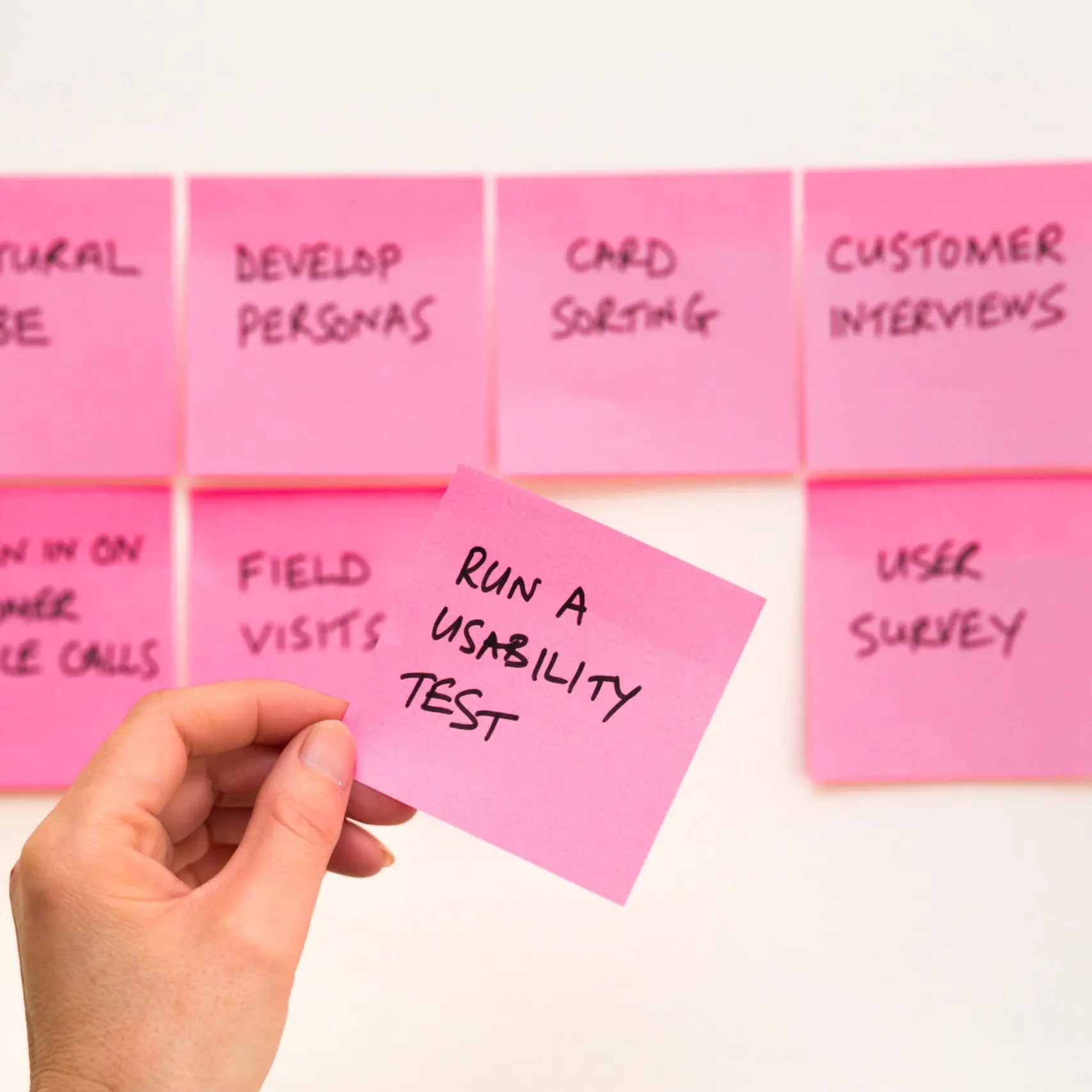Quality Assurance (QA) testing is an important part of the software development process. It helps to create software quality standards and an overall better product. However, because QA is at the end of the development process, it often becomes a bottleneck to continuous integration/continuous deployment (CI/CD) and agile development teams.
Whether it’s time constraints for testing during the sprint or too many tickets in the QA queue, QA can hinder the team from getting high-priority features/tickets out the door if not handled properly. Let’s delve into the common ways QA slows things down and how we can remedy them to keep development moving smoothly.
Maintain an Optimal QA/Dev Ratio (1:3)
This one is important. As a team, you want to make sure that there are enough QA team members ready to test code coming from development as soon as it becomes available. The optimal ratio is one QA to every three engineers. This ratio allows for enough lag time between when code becomes available to test and when QA can actually test it.
Prepare with Adequate Setup Time
It’s best to be proactive when starting a new project implementation. There are so many things to set up for the entire team. But setting up the QA Environment before development starts is preferable. This way, QA can test the QA environment and deploy to it while development is beginning. A more proactive approach also helps speed things along when code becomes available to test, so everything is ready to go!
In a similar vein, it’s important to make sure QA not only has a QA environment set up but also user credentials and correct permissions, if that is needed. Oftentimes, the QA tester might need a few different user logins in order to test all permissions accurately. Creating user profiles can be time consuming and cause QA bottlenecks, so having these setup beforehand helps save time for the whole team.
Plan for Realistic Sprint Cycles
When I first started here at DockYard, a typical sprint cycle was a week long. This worked very well at the time because there was no QA department. DockYard has a very efficient unit testing process that helps minimize rigorous testing. However, when the company started building out its QA team, the sprint cycle lengthened to two week-long sprints. This was needed to allow time for QA to test all the new features/bug fixes in the sprint. In a previous role, our sprint cycle was a month long as QA had four different QA environments to test. The team lengthened sprints to fit our testing cycle needs.
Not having adequate sprint time will definitely create a QA bottleneck. QA needs time to test all the new features in a sprint. Coordinating with the full team is imperative to determining your team’s velocity. It might take a few sprint cycles to get it right, but it’s worth it and will definitely prevent hiccups along the way.
Implement Automated Testing
Developing quality software is not just the QA department’s responsibility; it is truly a team effort. One of the ways the team can help with overall quality is by conducting adequate unit testing. Accurate unit tests will greatly reduce the amount of bugs that make it into a build prior to QA testing, thereby preventing a QA bottleneck. QA can test more quickly and efficiently during the sprint.
Another way to prevent QA bottlenecks is with the implementation of automated testing. While manual testing is easier, it’s not always faster. Just automating a small part of the test suite can help create a more efficient test cycle.
The Quality Assurance process is a critical part of any development cycle. Omitting QA can have major repercussions on the end product, but so can bottlenecks! With the right team makeup, planning, and testing tools in place, QA can work as a seamless part of a well-oiled digital product development team to deliver both the efficiency and quality needed to support a smooth project implementation.
DockYard is a digital product consultancy specializing in user-centered web application design and development. Our collaborative team of product strategists help clients to better understand the people they serve. We use future-forward technology and design thinking to transform those insights into impactful, inclusive, and reliable web experiences. DockYard provides professional services in strategy, user experience, design, and full-stack engineering using Ember.js, React.js, Ruby, and Elixir. From idea to impact, we empower ambitious product teams to build for the future.


